Documentation Hub
Comprehensive technical manuals and guides to help you master HARSLE machines and optimize your metalworking efficiency
How Does Panel Bender in Office Furniture Boost Productivity?
Panel Bender in Office Furniture production has become a game-changer for manufacturers seeking precision and efficiency to stay competitive. If you’re looking for ways to achieve consistent bends, reduce production time, and enhance overall quality, you’ve come to the right place. In this article, I’ll show how integrating a panel bender into your office furniture line can streamline operations, improve product consistency, and lower costs. Whether you’re new to panel bending technology or planning an upgrade, this guide will help you get the most from this powerful machine.
Understanding Panel Bender in Office Furniture Production
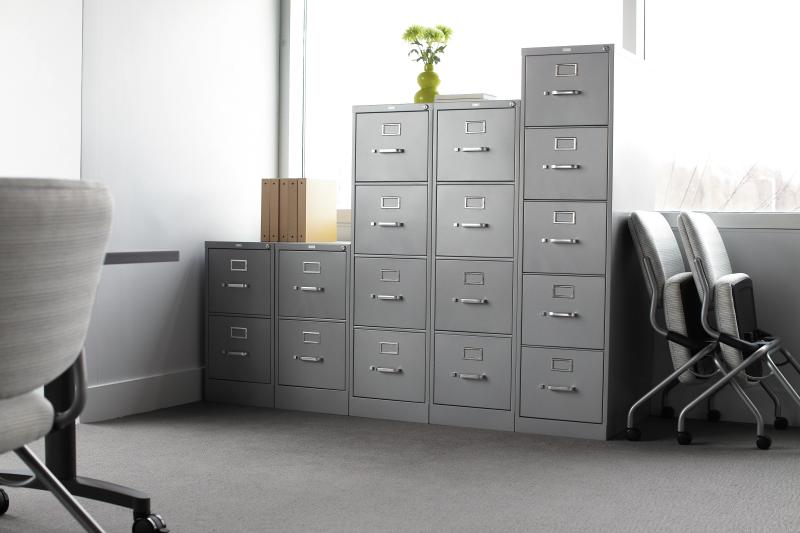
Using a Panel Bender in Office Furniture manufacturing allows fabricators to automate and standardize complex bending tasks. Unlike conventional press brakes, panel benders automatically adjust tools and bending sequences, reducing manual setup times and operator errors. This translates to higher productivity and a consistent quality finish across all parts.
Key Features of Panel Benders for Office Furniture
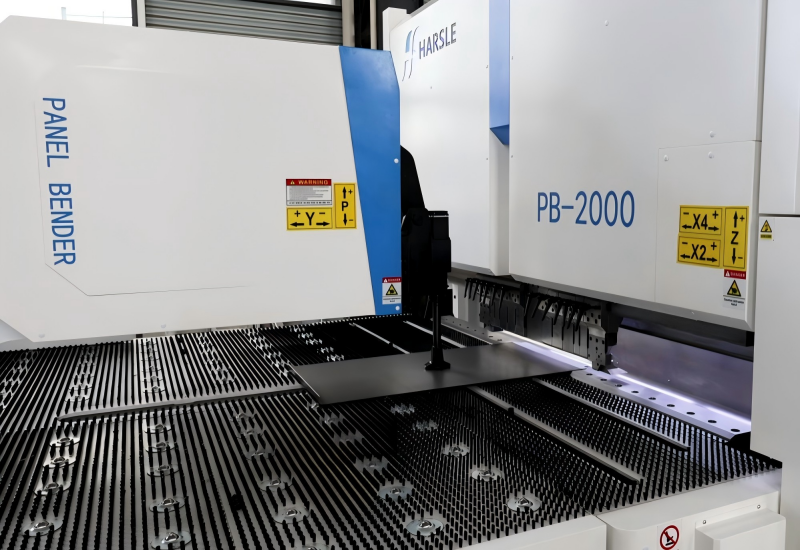
- Automated Tooling Changes: Quickly switch between different panel sizes without downtime.
- Precise Bending Angles: Ensure each office desk or cabinet component fits perfectly.
- High-Speed Operations: Faster cycle times compared to traditional press brakes.
How to Integrate a Panel Bender into Your Office Furniture Workflow
Integrating a panel bender into your workflow is straightforward if you plan ahead. It starts with evaluating your production needs and ends with training your team for efficient operation.
Step 1: Assess Your Production Requirements
Before purchasing or installing a panel bender, I review the dimensions, thicknesses, and volumes of panels I regularly produce. This helps me select the right model and capacity for my office furniture line.
Step 2: Prepare the Work Area
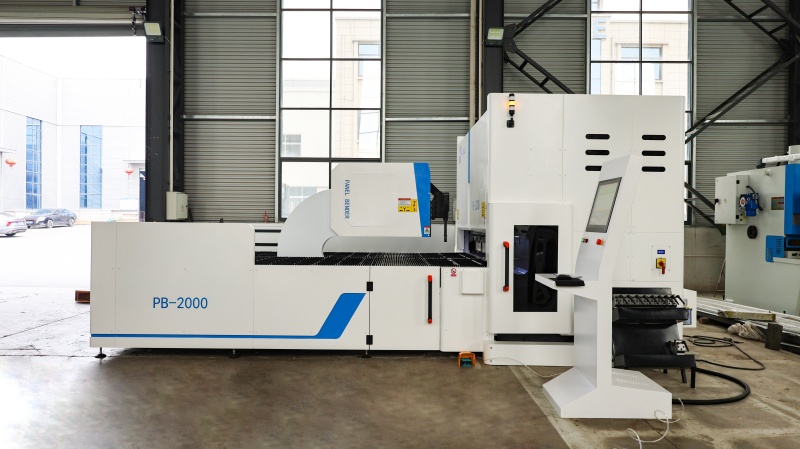
I make sure the workspace is clean, level, and well-lit. A stable environment ensures the machine performs accurately and safely.
Step 3: Install and Configure the Panel Bender
Following the manufacturer’s guidelines, I install the machine, check the power supply, and connect safety systems. Then, I load standard bending programs to match my furniture components.
Step 4: Train Operators and Calibrate Settings
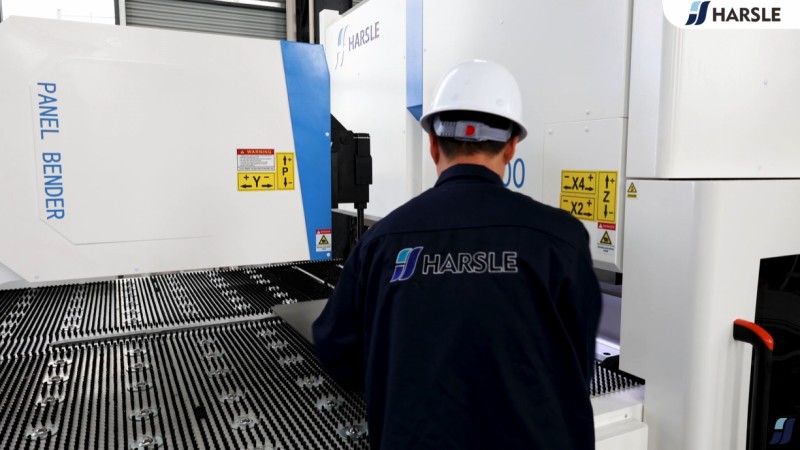
Even with automation, operator training is crucial. I teach my team to use the interface, select the right bending programs, and perform routine calibrations. Proper calibration guarantees each bend meets specifications.
Practical Tips to Maximize Productivity with Panel Benders
Optimize Bending Sequences
I arrange the bending order of parts to minimize tool changes and reduce handling time. This speeds up the entire production cycle.
Use Built-In Software Tools
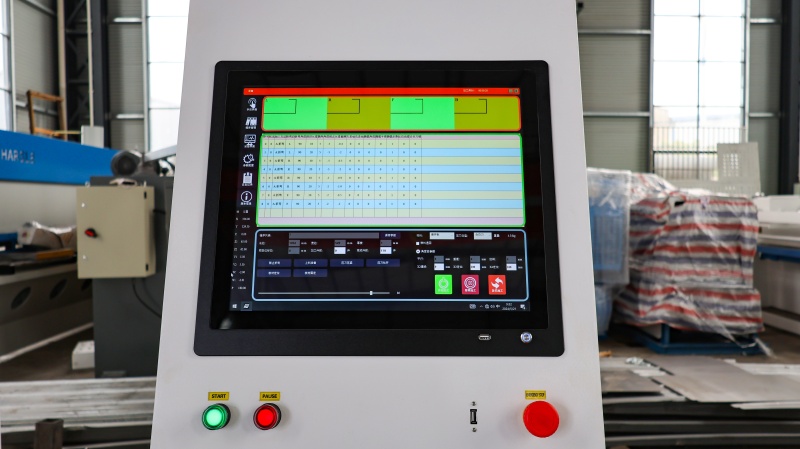
Most panel benders come with advanced software for offline programming. I take advantage of these tools to simulate bends before running production, reducing errors and scrap.
Implement Preventive Maintenance
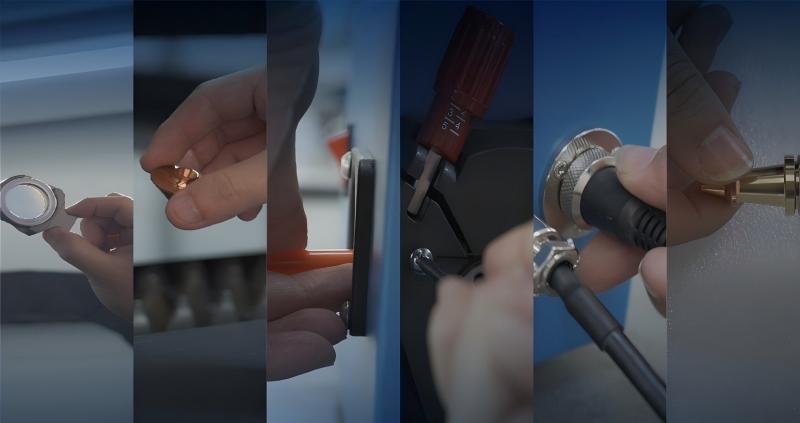
Regular inspections and cleaning extend the machine’s lifespan. I schedule maintenance every few hundred operating hours to keep the panel bender running smoothly.
FAQs
How does a Panel Bender improve consistency in office furniture components?
Automated bending programs eliminate human error, ensuring each panel has identical angles and dimensions, which is critical for modular furniture assembly.
Can a Panel Bender handle multiple panel thicknesses and sizes?
Yes. Modern panel benders are designed to adjust automatically to different materials, thicknesses, and panel sizes, making them versatile for a variety of office furniture designs.
What’s the recommended maintenance schedule for a Panel Bender in Office Furniture production?
Routine maintenance should be performed after every 500 hours of operation. This includes checking sensors, lubricating moving parts, and cleaning the work area to maintain accuracy.
Conclusion
By integrating a Panel Bender in Office Furniture production line, I’ve experienced faster cycle times, reduced errors, and improved product consistency. From automated tool changes to advanced software, panel benders are transforming how office furniture is made. If you’re ready to boost productivity and quality in your operation, now is the time to explore this technology. For detailed guidance or personalized support, feel free to contact our team and discover how we can help you select the right panel bender for your needs.













